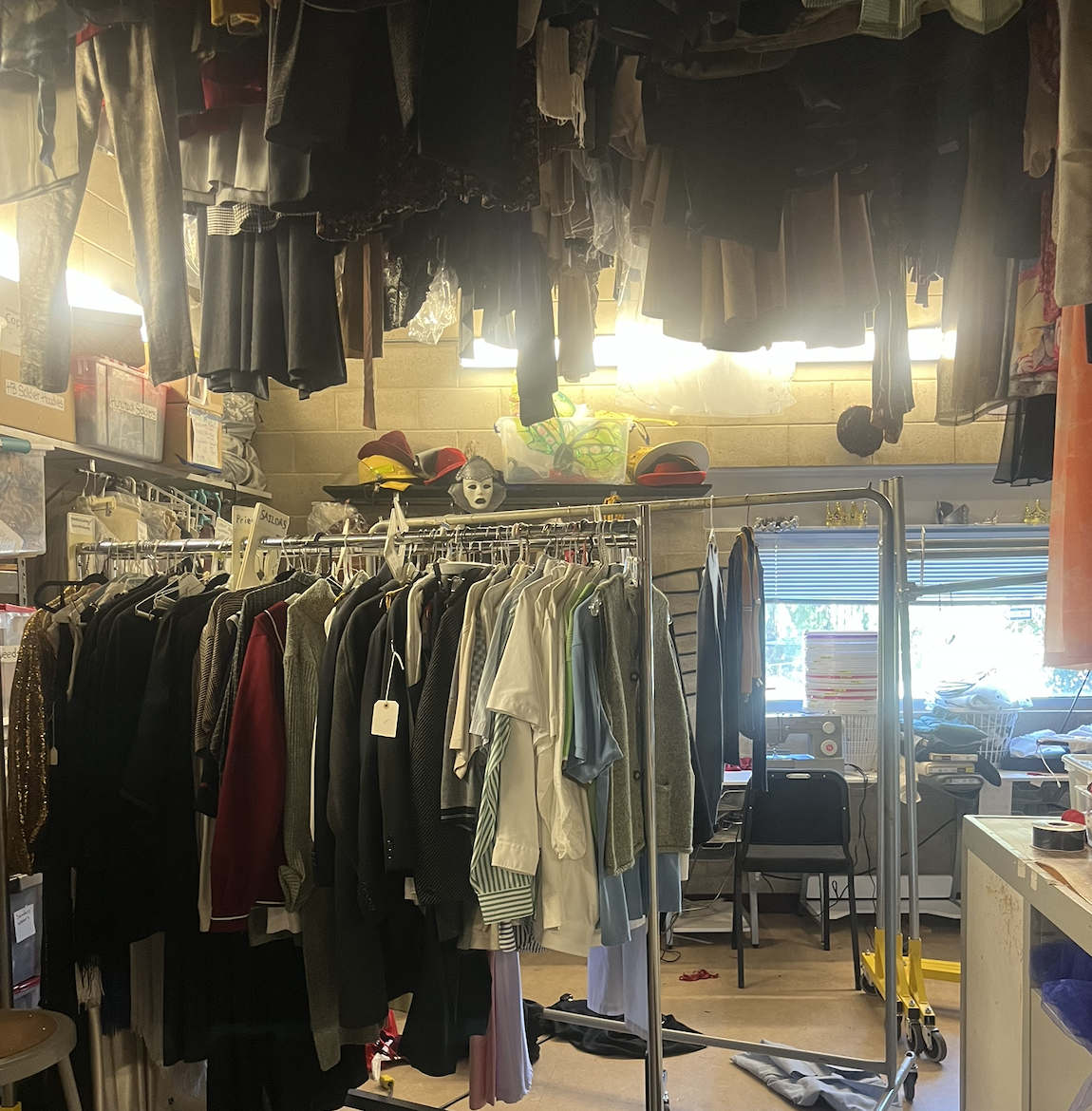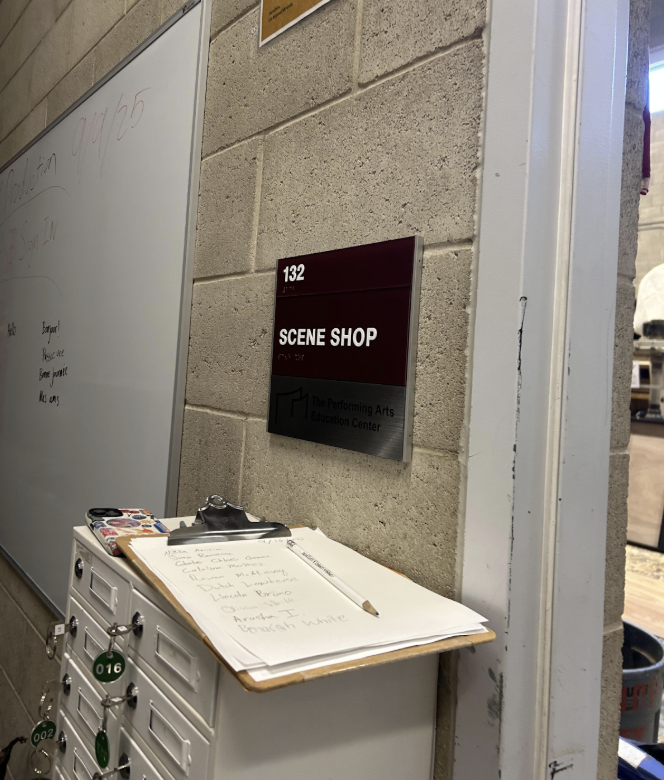The second installment in a multi-part exploration of the most iconic “cold case” in L.A. history
Read Part 1 here
“GIRL TORTURE SLAYING VICTIM IDENTIFIED BY EXAMINER” [10] The story EXPLODES! Like a dynamite stick shoved down the throat of the ordinarily banal and safe American newsreader.
A young, pretty, white girl, murdered, dismembered and sexually mutilated. Could you ask for a better story? James Richardson, editor of the Los Angeles Examiner, didn’t think so. From the first flash bulb SMASH, the Examiner had been publishing daily pieces on the newfound ‘Black Dahlia Murder.’ Most, if not all the papers in LA and across the nation were reporting on Beth’s butchery, but it was the Examiner that had the most consistent and consistently sensationalized reporting.
The LAPD fumbled about, mostly trying to control rumors and keep evidence confidential. They didn’t try too hard, mind you, and made little to no progress aside from bodily identification. Until the evening of January 21st, when James Richardson’ office phone rang. Richardson picked up, and a man, who didn’t identify himself, congratulated Richardson on the Examiner’s coverage of the murder. He told Richardson that he killed Beth Short and that he was planning to turn himself in, though he’d let the police scramble for a while longer as he delighted in watching the pigs scratch their heads. He told Richardson to expect some souvenirs of Beth’s and hung up [11] [9].
Sure as God made little green apples, on January 24th a manila envelope showed up at the Examiner addressed to “The Examiner and other Los Angeles papers, here is Dahlia’s belongings, letters to follow”. The note was collaged of letters cut out of magazines and newspapers so that no handwriting could be sampled. Furthermore, the envelope and all its belongings had been cleaned of DNA with gasoline, as had Elizabeth’s body [11] [10] [9] nine days prior.
Inside the envelope were Short’s birth certificate, gentleman scholar’s business cards, photographs of Beth whilst she was alive, and an address book, which missed a scattering of pages, embossed with the name Mark Hansen. The same day, a black handbag and black suede shoe were spotted in an alley two miles from where Beth’d been found. Police took in the bag and shoe, which too had been cleaned in gasoline [11].

On January 26th, The Examiner received another letter from the purported killer, this one handwritten. The letter read, “Here it is. Turning in Wed., Jan. 29, 10. Had my fun at police. Black Dahlia Avenger”. No evidence suggests that authorities analyzed or cross-referenced the handwriting sample [9] [10]. The letter also gave the exact address where the police could meet the killer. On January 29th, in an ugly twist of painful predictability, no killer ever arrived. At 1:00 pm, another letter arrived to the Examiner “Have changed my mind. You would not give me a square deal. Dahlia killing was justified” [9] [10].
From here the investigation gets dizzy. A bad trip through L.A. sludge. A gordian knot of media frenzy, panic, paranoia, rumors, lies, suspects, supposed cover ups, and helpless cops chasing their own tails.
The tabloid sensationalism topples over its tipping point. Black Dahlia rumors spread like black death of Beth’s torture, rape, lesbianism, and death by abortion [9]. (NOTE: It should be clear, all rumors were baseless and would be eventually disproven.) More and more letters are sent into papers and police stations across California, all claiming to have killed the Dahlia or have significant information about who did. How many letters were legitimate, if any, is unclear. Along with the letters, over 50 “Confessing Sams”-people who admit to a crime they didn’t commit as means of gaining reputation-came forward in the Winter and Spring of ‘47 alone [3], all of which were disproven or outright disregarded by authorities.
In late January, The FBI involve themselves. J. Edgar Hoover gets directly involved, though what he achieves or doesn’t is still unclear [10]. City Councilman Lloyd David puts out a 10,000 reward for anyone with “INFORMATION ON ELIZABETH SHORT Between Dates January 9 and 15” [11].
750 investigators are pulled from the LAPD and surrounding police departments and put on the case. They fan out across the city with little to no plan or intention, physically checking storm drains, abandoned structures, nightclubs, and whorehouses. Everyone who ever knew Beth Short is put under suspicion and within one month, over 150 men are interviewed by the police. Police quickly find Mark Hansen, a wealthy socialite nightclub and theater owner who’s tampered address book was sent to the Examiner with the other “souvenirs” [7] [9].
Beth stayed in Hansen’s mansion with friends sometime after she moved back to LA from Florida in 1946. A stripper, who was a friend of Short’s and who may have lived with her at Hansen’s, said that Beth rejected Hansen’s sexual advances and left him “hanging dry” [9]. Police questioned Hansen about his involvement with Short but ultimately was cleared of all suspicion.
At this time, Detectives brought in Robert Manly as the prime suspect. After all, he had been the last person to see Short alive. Manly identified the handbag and suede shoe that the police had found. He claimed to have been able to tell by the perfume scent off the bag, though this seems improbable as the bag and the shoe had been lying with the garbage of Leimert Park [12]. Manly was cleared of all suspicions after passing several polygraph tests. From there, Detectives went down the list of names in Hansen’s address book, but no leads came from it, possibly due to the several pages ripped from the book [7] [9] [10].

On February 10th, less than a month after the Dahlia, forty-five-year-old Jeanne French’s battered and naked body was found in an airfield near the Santa Monica Airport, seven miles from Coliseum and West 39th, where Elizabeth Short was discovered. The field was off the road of a lover’s lane of sorts. It became speculated that the woman was stripped inside a parked car, then her face and skull were smashed in with a heavy object like a wrench, crowbar, or tire iron. This did not kill her, as she then staggered from the car into the field. Her assaulter dragged her deeper into the field, a few feet from the highway, then used her own lipstick to write messages on her chest. The killer then stomped on her chest so hard as to leave a men’s bootprint. Her ribs smashed in and her lung was pierced and she drowned in her own blood [13].
When she was found by bulldoze operator Hugh C. Shelby in the morning, her clothes-a powder blue fox fur coat, burgundy dress, bra and plastic black bag-were laying on top of her. Her shoes were on either side of her head, 10 feet apart on both sides. No underwear or stockings were found. The messages of lipstick laceration across her chest and suprapubic region read “Tex” and more importantly and broadly written “F— you, B.D” [13].
For the papers, it seemed almost too good to be true. Like a corroded tanker of oil thrown into the burning Black Dahlia sensation. The Herald splashed their front page with the headline “Werewolf Strikes Again! Kills L.A. Woman, Writes B.D. on Body.” The cops looked oh-so desperately for anything that congruently confirmed suspicions and connected the “Red Lipstick Murder” to Dahlia. They didn’t find anything. The murder remains unsolved to this day [13].
Around this time, possibly before, lead investigator Captain Jack Donahue, became certain that the post-mortem mutilation done on Elizabeth Short could ONLY HAVE been achieved as precisely and cleanly as it had been done, if the perpetrator had PRIOR SURGICAL KNOWLEDGE. In mid-February, the LAPD served a search warrant to the University of Southern California Medical-the closest medical school to the discovery place of the body-and requested a full list of the students enrolled. Background checks were taken on all the names on that list, but nothing yielded from it [9] [10] [11].
On March 14th, on Breeze Avenue in Venice, a beach caretaker reported a pile of men’s clothes lying next to the ocean to the lifeguard captain. In the pile, was a pair of men’s shoes. Tucked in one of those shoes was a handscrawled suicide note. It read “To whom it may concern: I have waited for the police to capture me for the Black Dahlia killing, but have not. I am too much of a coward to turn myself in, so this is the best way out for me. I couldn’t help myself for that, or this. Sorry, Mary.” [9]. Like seemingly everything else involved in the case, there was no evidence as to who wrote the note or to the validity of the note. It was quickly deemed by authorities to likely be an impostor, but some still believe that the true ‘Black Dahlia Avenger’ committed suicide in the March of ‘47. Either way, the suicide real or not, was the death rattle of the investigation.
In a sick kind of way, it seems fitting how the Black Dahlia investigation played out. Strange, messy, contradicting, paranoid, only seeming to get more mysterious as it progressed. Constantly crawling toward some heart of darkness, but never finding it. The investigation ended with more questions than it started with. It appeared out of the dark like a match, with the discovery of a bisected girl in an abandoned field, and it went out just as fast, with an illusory suicide by the ocean. In spring of 1947 the ‘Elizabeth Short aka Black Dahlia investigation’ was officially closed and declared a cold case [10].

To be concluded in Part 3…









